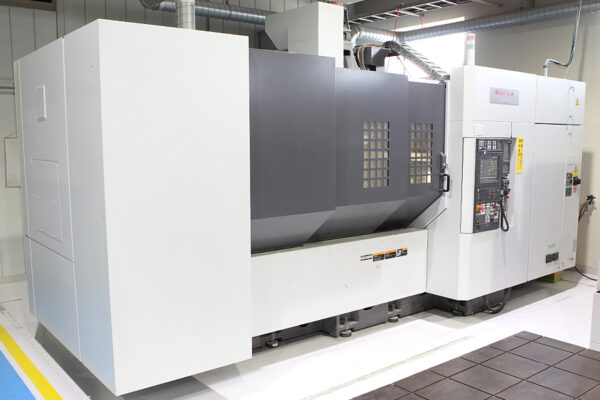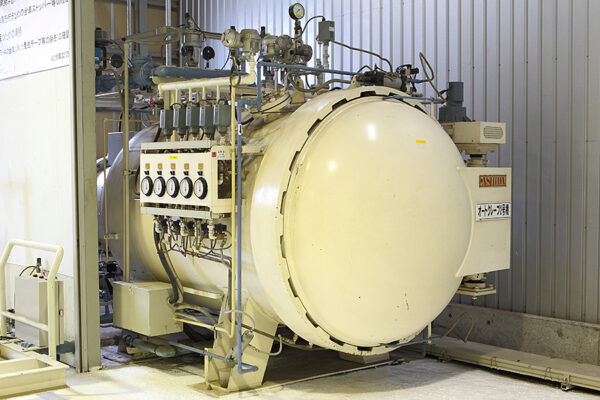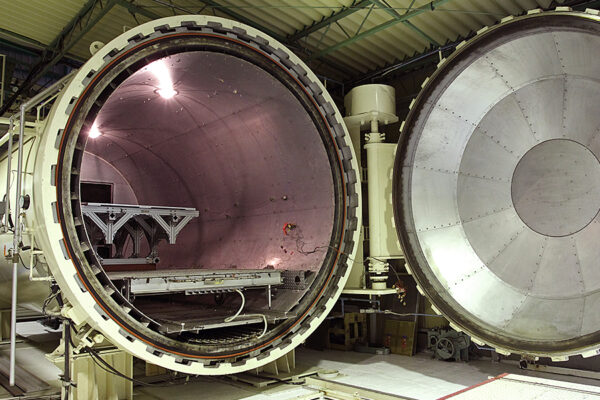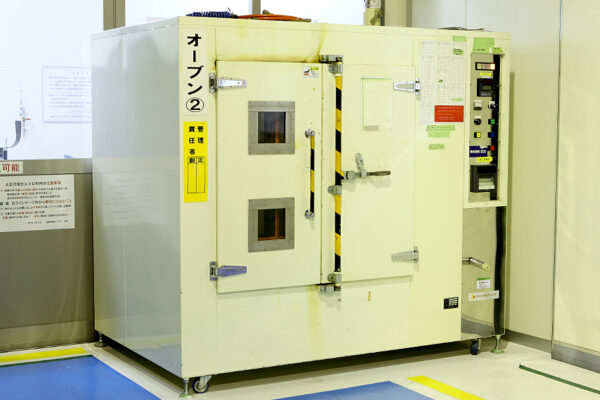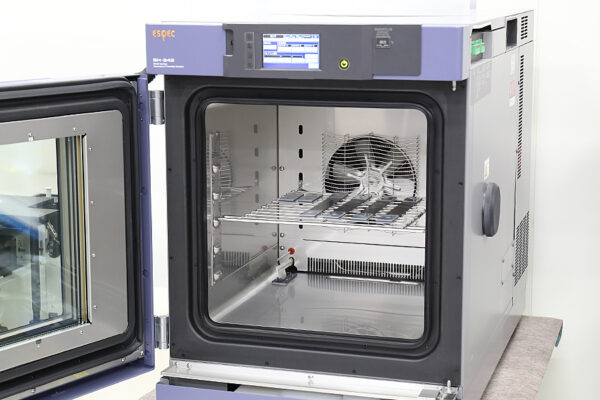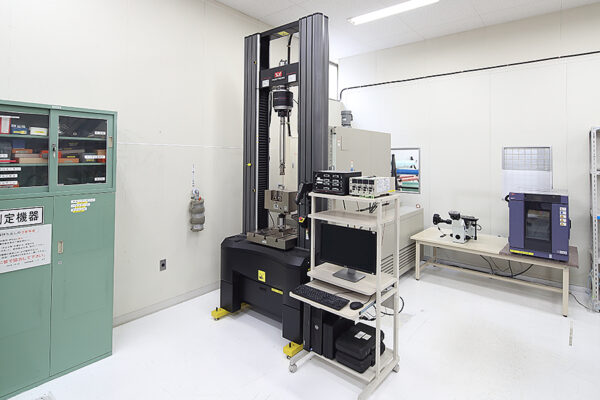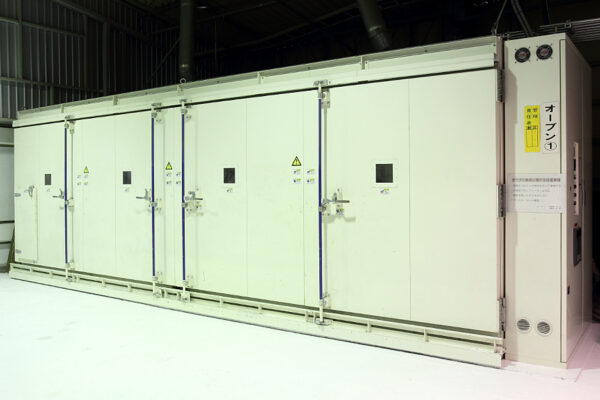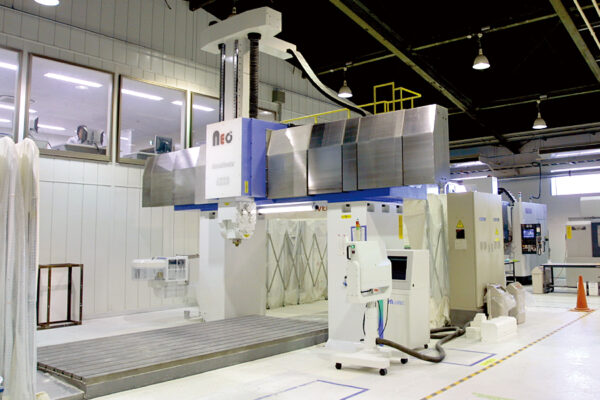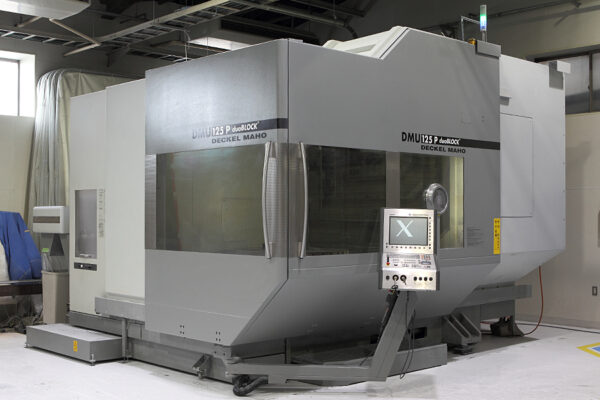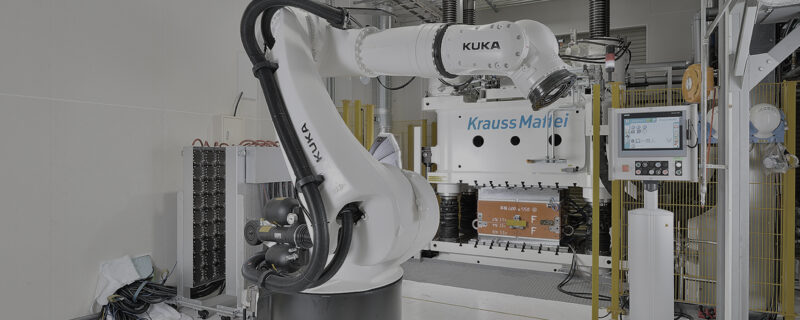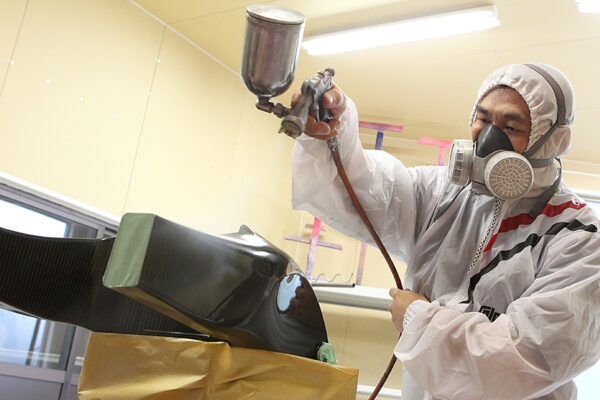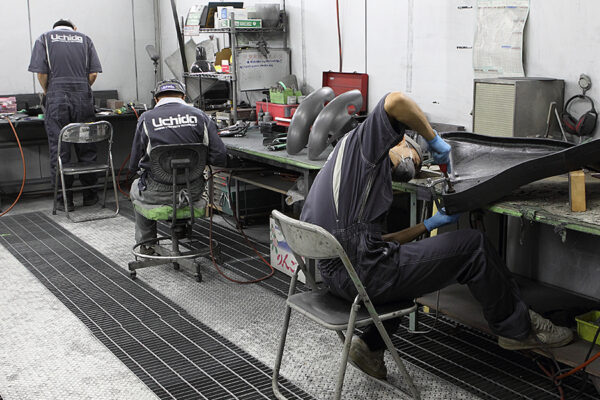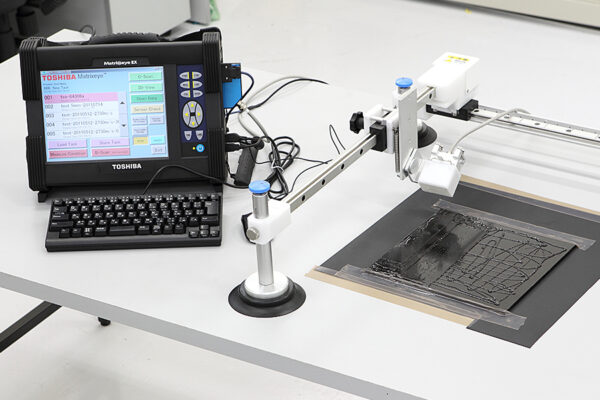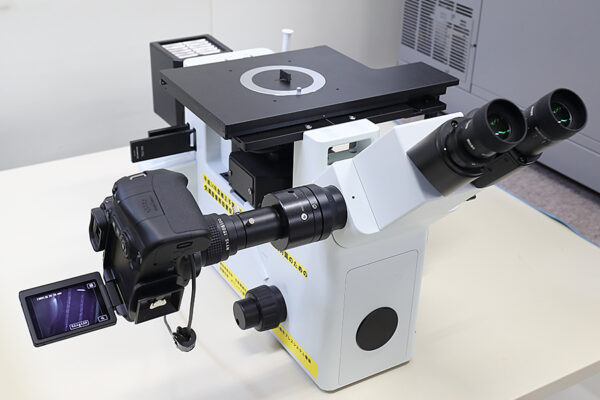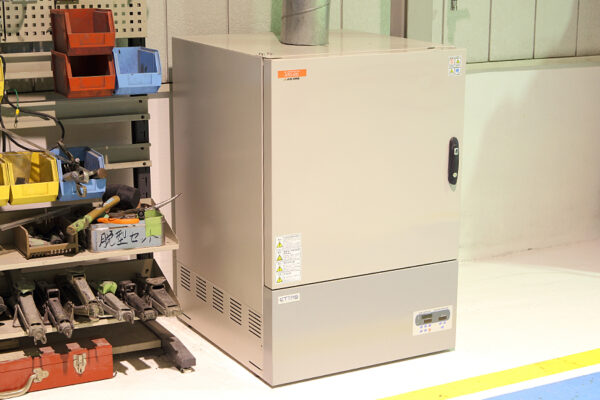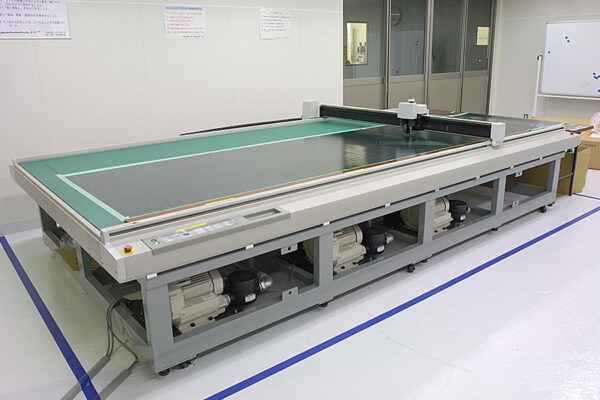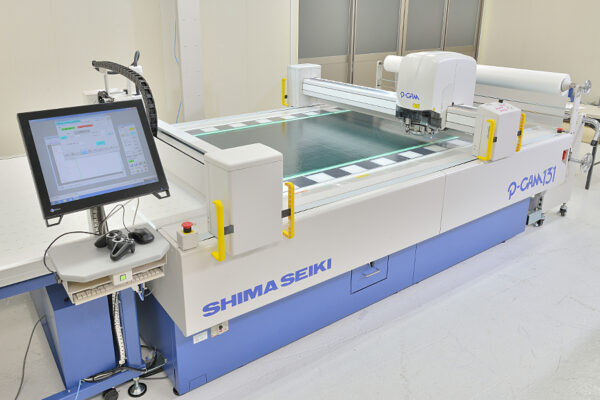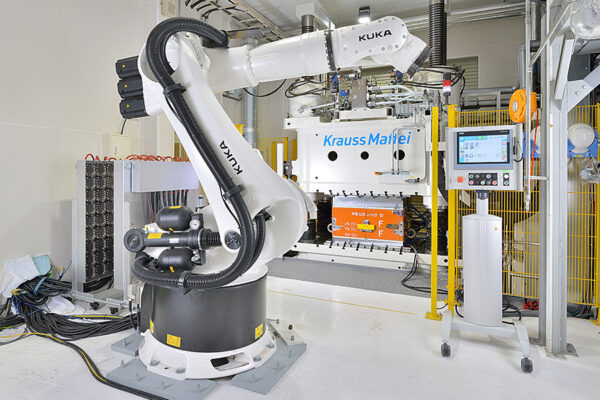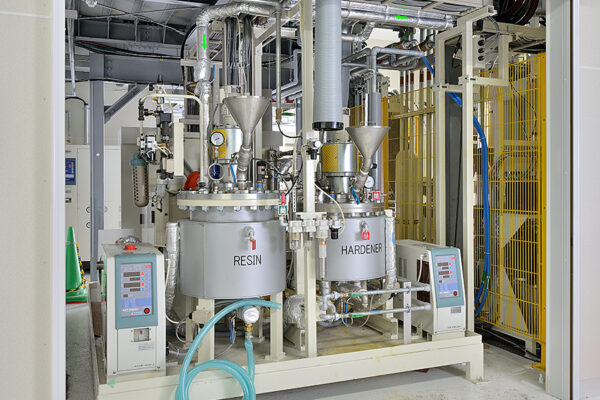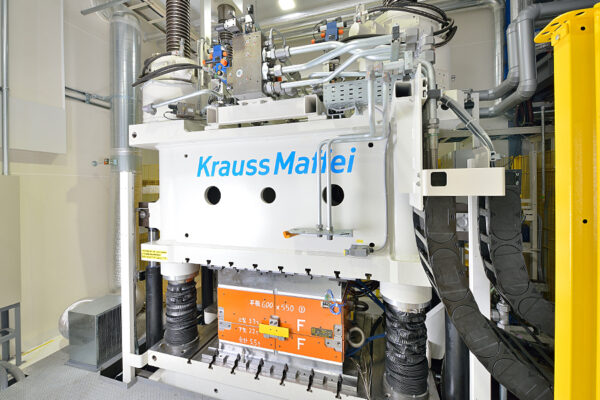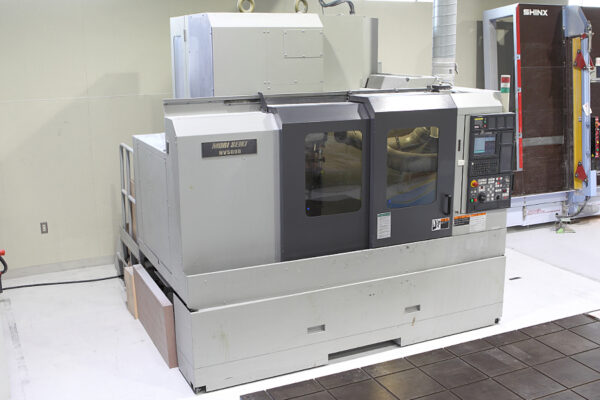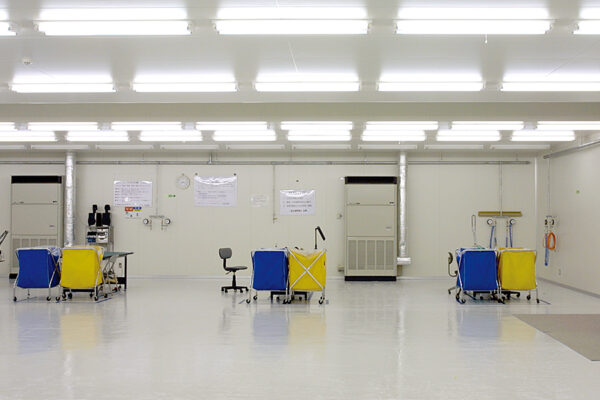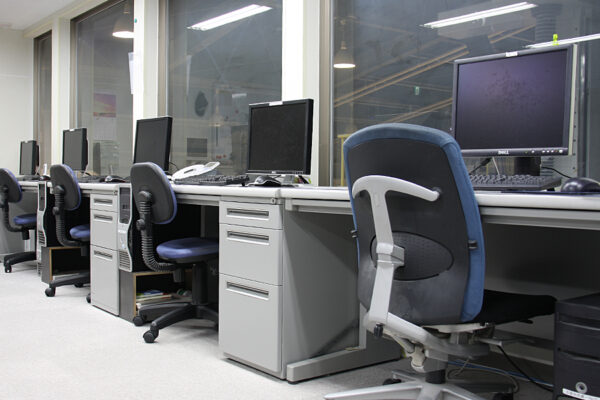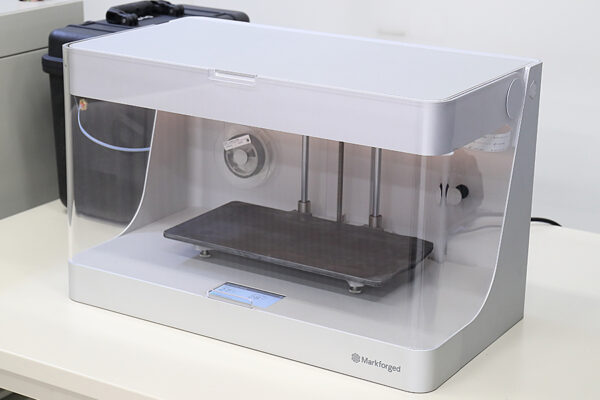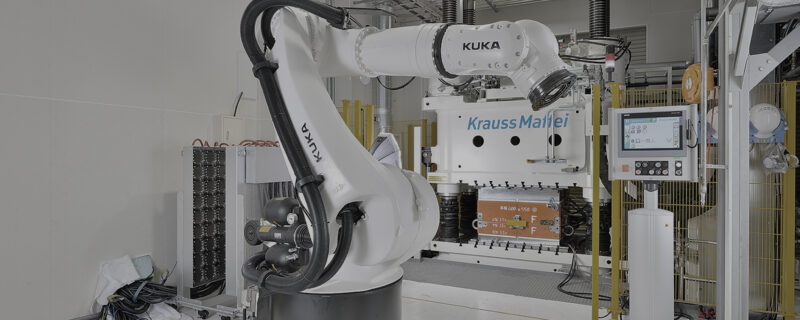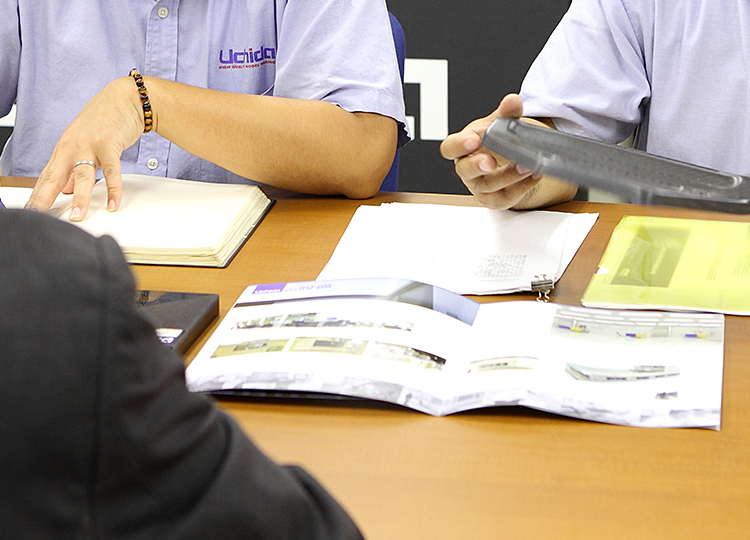Fiber Reinforced Plastic (FRP): What is it?
Fiber Reinforced Plastic (FRP) is the general term given to plastic polymers which are combined with fibers to produce a composite material: any material produced from a combination of two or more different material types. The fiber reinforcements offer unique and strength-enhancing properties not found in pure plastic, making it possible to create structures that are ighter and stronger than those made with plastic alone. As FRP is generally reinforced with glass fiber it is interchangeably referred to as Glass Fiber Reinforced Plastic or fiberglass.
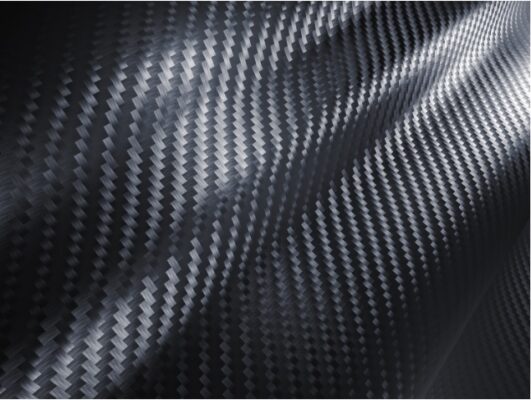
The Features of Fiber Reinforced Plastic (FRP
Advantages
The lightweight and high strength properties of FRP it most prominent advantages.
Additionally, FRP has molding versatility equal to resin. Unlike metals and isotropic materials, the anisotropic properties of FRP offer design flexibility that achieves varying strength/rigidity depending on the orientation of the fibers. In other words, we can add or decrease the strength/rigidity in varying directions, while maintaining the same ply thickness, according to the specifications of the product.
Compared to conventional plastic products, FRP offers various advantages including reduced material thickness, fewer structural components, and integrated architectural structures due to its increased strength. Even when compared to metals, Carbon Fiber Reinforced Plastic (CFRP) delivers exceptionally low specific gravity, high strength, and corrosion resistance.
* CFRP specific gravity of 1.5-1.7g/cm3
* Tensile strength range of 3000-7000MPa and tensile modulus range of 50-900GPa depending on the fiber used. Offers material and product design flexibility according to the specifications and requirements.
*Vibration damping properties, electrical conductivity, fatigue properties, X-ray transmission properties, and similar.

The initial letter refers to the type of fiber used; C being carbon, G being glass fibers, and A being aramid fibers. Since CFRPs are composed from a combination of reinforcing fibers and resin (plastic), they are referred to as a “composite” or “composite material”.
Disadvantages
The main disadvantages of Fiber Reinforced Plastic include material costs, difficult molding and machining processes, the need for tailored material design for each product due to the anisotropic nature of the material, and challenges in recycling.
Although carbon fiber is a relatively expensive material, its anisotropic properties effect an unfavorable yield rate which can further add to the overall cost. Manufacturing processes are complex, and, while developments are progressing, many of the processes are still performed by human hand. Due to such challenges in mass production, carbon fiber applications are still largely limited to aircraft and luxury cars.
Summary
In this issue, we explored the key features of Fiber Reinforced Plastic (FRP). As a composite material consisting of resin and reinforcing fiber, FRP offers the superb moldability of plastic fused with strengthening qualities of fiber. Although it offers an impressive range of advantages, many challenges in manufacturing and productivity, material costs, and recycling continue to exist. Hopefully this explanation of FRP’s key features offers better insight into the key points that need to be considered.
Related useful contents
You can explore related content by clicking on a topic of interest.
ABOUT UCHIDA - 55 years since our founding
We leverage a wealth of technical expertise as a CFRP molding and processing manufacturer using FRP, GFRP, and CFRP materials. We offer a one-stop solution, encompassing design, analysis, manufacturing, secondary processing, assembly, painting, quality assurance, and testing.
UCHIDA's equipment
We have cutting-edge equipment to ensure that we can address even the most advanced challenges of our customers.
Video Library
In the following video, we provide a detailed overview of our manufacturing process. Please feel free to watch and learn more.


